The transformative impact of AI on Advertising
The advertising creativity industry is undergoing a profound transformation, driven by the integration of Artificial Intelligence (AI) and emerging technologies. This shift marks a new era of innovation and efficiency, fundamentally changing how advertisements are conceived, targeted, and optimized. The influence of AI extends across various facets of the creative process, from data-driven insights to personalized content creation, ushering in a wave of enhanced creativity, improved audience engagement, and heightened campaign effectiveness.
AI enables advertisers to analyze vast amounts of data to gain valuable insights into consumer behavior, preferences, and trends. This data-driven approach helps in creating targeted and personalized advertising campaigns that resonate with specific audience segments. AI algorithms can analyze user data to deliver highly personalized and targeted advertisements. This level of personalization ensures that ads are more relevant to individual consumers, increasing the likelihood of engagement and conversion. AI-powered tools like natural language processing (NLP) and generative algorithms enable the automation of content creation.
Advertisers can use AI to generate compelling copy, design graphics, and even create videos, streamlining the creative process and saving time. As we delve into the insights provided by industry experts, we uncover the evolving landscape where AI seamlessly intertwines with human creativity, propelling the advertising industry into uncharted territories.
AI Unleashing Creativity: A Conversation with Industry Experts
Gurbaksh Singh, Chief Innovation Officer, DENTSU CREATIVE India, emphasises that AI’s transformative power lies in unlocking unparalleled insights. According to him, “This is a new chapter in creative advertising, where AI’s ideas make stories better.” This shift enhances the relevance and effectiveness of advertising campaigns, allowing creatives to craft more compelling storytelling tailored to individual user behaviour and preferences.
Vincent Kola, Creative Head, SoCheers, asserts that AI’s impact on the advertising space is not just imminent, but is already unfolding rapidly. “AI tools streamline processes and catalyse a wave of innovation, leading to novel genres and better campaigns in shorter timelines,” he adds. The ease with which creatives now incorporate AI-powered tools into their workflows is indicative of a creative utopia, where efficiency and innovation converge to redefine advertising standards.
Suchana Sarkar, CBO, Makani Creatives, acknowledges the mainstream integration of Generative AI into civilian lives, particularly through popular apps like Facetune and Canva, emphasising, “The debate goes beyond use cases, touching on ethics, morality, and legalities.”
Ruchita Purohit, EVP, FCB Interface, says "AI is poised to enhance human efforts across various facets, including content generation and large scale personalization. Essentially, AI is not a fleeting trend; it represents a paradigm shift in how we create."
AI and Machine Learning: Transforming the Creative Advertising Process
Gurbaksh Singh underscores the role of AI and machine learning in enabling real-time optimisations, ensuring that creatives not only reach their audience, but genuinely connect with them, emphasising real-time optimisations enabled by AI and machine learning. He notes, “This technological advancement revolutionizes the way brands interact with their audience, ushering in an age of unprecedented personalisation.”
Vincent Kola suggests that the possibilities offered by AI and Machine Learning are endless, with human ingenuity being the driving force behind their effective utilisation, anticipating a new wave in advertising, stating, “AI is not just a productivity tool but a concept itself, leading to a higher level of functioning, innovation, and better campaigns.”
Ruchita Purohit take on Machine learning emphasises that "In the realm of digital marketing, platforms such as Google AdWords harness AI to empower businesses. Moreover, AI is not merely a tool for optimization but a catalyst for creative innovation. Through AI, we unlock the potential to not only reach but truly connect with our audience."
Sarkar delves into the moral and ethical considerations surrounding the use of AI in advertising, questioning whether creativity is a laborious process or a pursuit.
Generative AI’s Impact on Engagement: Strategies for Success
Gurbaksh Singh sheds light on how Generative AI transforms ad campaigns by dynamically adapting visuals and tailoring messaging to resonate uniquely with users, highlighting Generative AI’s transformative power, stating, “Dynamically tailoring content resonates uniquely with users, boosting campaign effectiveness.”
Vincent Kola explores the various ways brands can leverage Generative AI, from creating personalized voice assistants to automating video content creation and using AI to predict user behaviour. The emphasis is on using AI not just as a productivity tool but as a concept that can drive new waves of creativity in advertising, exploring myriad ways brands can leverage Generative AI, noting, “From creating personalised voice assistants to predicting user behavior, Generative AI enhances engagement.”
Ruchita Purohit stated "Generative AI could spice things up. An example with Max Life Insurance demonstrates dynamic endorsements where celebrities mention viewers' names, congratulating them on recent life milestones pulled from data. Generative AI can also introduce interactive elements, such as choose-your-own-adventure ads, providing a personalized and engaging experience for the audience."
Approaching Generative AI: Key Considerations for Ad Agencies
Gurbaksh Singh emphasises the importance of counterbalancing AI automation with human creativity to preserve brand authenticity, underscoring the importance of counterbalancing AI automation with human creativity, stating, “Preserving brand authenticity and ethical data use remains paramount.”
Vincent Kola outlines key aspects, including knowledge, combinations of AI tools, human oversight, and compliance that ad agencies need to keep in mind when approaching Generative AI, outlining key aspects, noting, “A knowledge-sharing culture, human oversight, and compliance are crucial when approaching Generative AI.”
Suchana Sarkar raises ethical concerns and the need for a nuanced understanding of AI’s role in creative processes, raising a crucial concern about ethical implications, urging the industry to learn from legalities and the evolving impact of tech on society.
Ruchita Purohit on Key Considerations for Ad Agencieson stated "Diving into the realm of Generative AI (GAI) opens up incredible avenues for us in advertising and marketing. Cultural sensitivity is paramount, and AI needs to grasp regional preferences, cultural festivals, and societal norms. AI should be viewed as a powerful tool designed to augment and enhance human capabilities, not replace them."
Fortifying Learnings: Nurturing a Culture of Collaboration
Gurbaksh Singh advocates fostering collaboration between creative minds and AI scientists, encouraging knowledge exchange, regular training, and an iterative approach to experimentation, emphasising on fostering collaboration. He says, “Regular training and an iterative approach to experimentation fortify learnings and maximise AI’s outcomes.”
Vincent Kola stresses on the importance of a knowledge-sharing culture and ongoing training to keep creative teams informed about the capabilities and limitations of Generative AI, stressing the importance of a knowledge-sharing culture. “Ongoing training and dedicated resources for researching AI tools fortify learnings and leverage Generative AI effectively,” he adds.
Suchana Sarkar highlights the need for the industry to listen, learn, and engage continually to harness the full potential of Generative AI, underscoring the need for continuous learning, stating, “Engaging with AI as a revolutionary innovation that inspires creativity, rather than a mere input-output function.”
Ruchita Purohit while talking about culture of collaboration framed "It's an intricate dance that demands a blend of patience, insight, and just the right touch of creativity. The real magic happens when we blend our creative instincts with AI’s data-driven insights. Together, we’re an unstoppable force, combining the best of both worlds to crack the code of captivating advertising."
In conclusion, as AI continues to redefine the landscape of advertising creativity, industry players must navigate these transformative waters with a blend of innovation, ethical considerations, and a commitment to preserving the authenticity of the creative process. The integration of AI into advertising not only enhances efficiency but also opens up new possibilities for creativity, pushing the boundaries of what is achievable in the dynamic world of advertising.
As we navigate the seas of AI-driven creativity in advertising, the future unfolds as a harmonious integration of technology and human ingenuity. The insights provided by industry experts paint a vivid picture of an industry evolving, not just in terms of efficiency but in the very essence of creative expression.
The creative revolution powered by AI is not a replacement for human creativity, but a catalyst that propels us into a realm where the possibilities are endless. It is a journey where ethical considerations, collaboration, and continuous learning will be the compass guiding the industry towards new horizons of innovation and engagement. The tapestry of advertising creativity is being rewoven, with each algorithm and insight contributing to a narrative where human and machine coalesce to shape the future of storytelling.




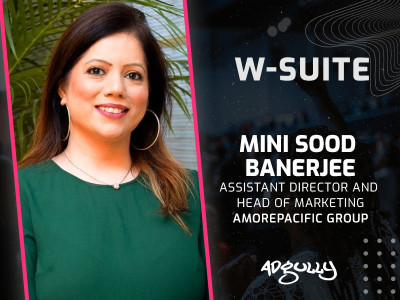




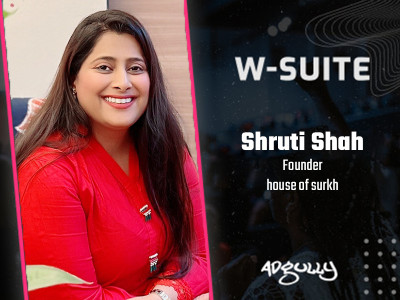
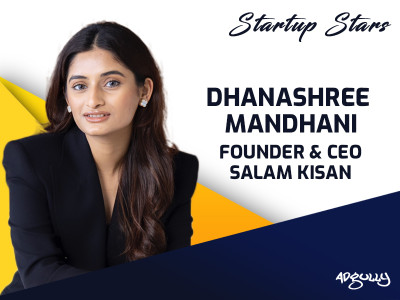
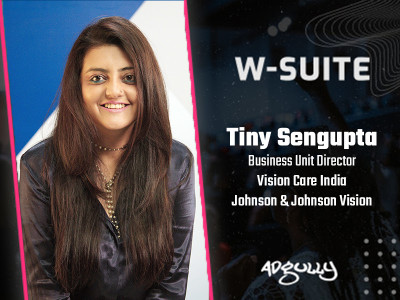


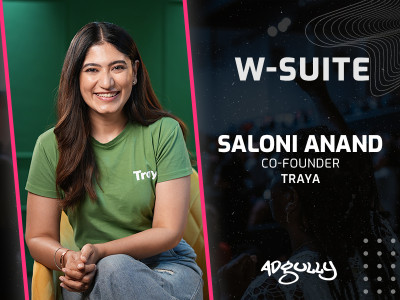
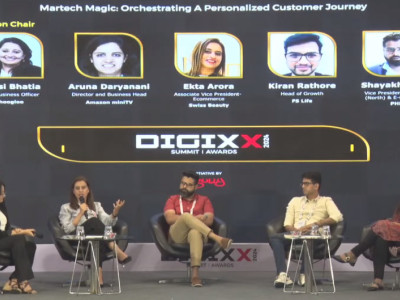


Share
Facebook
YouTube
Tweet
Twitter
LinkedIn